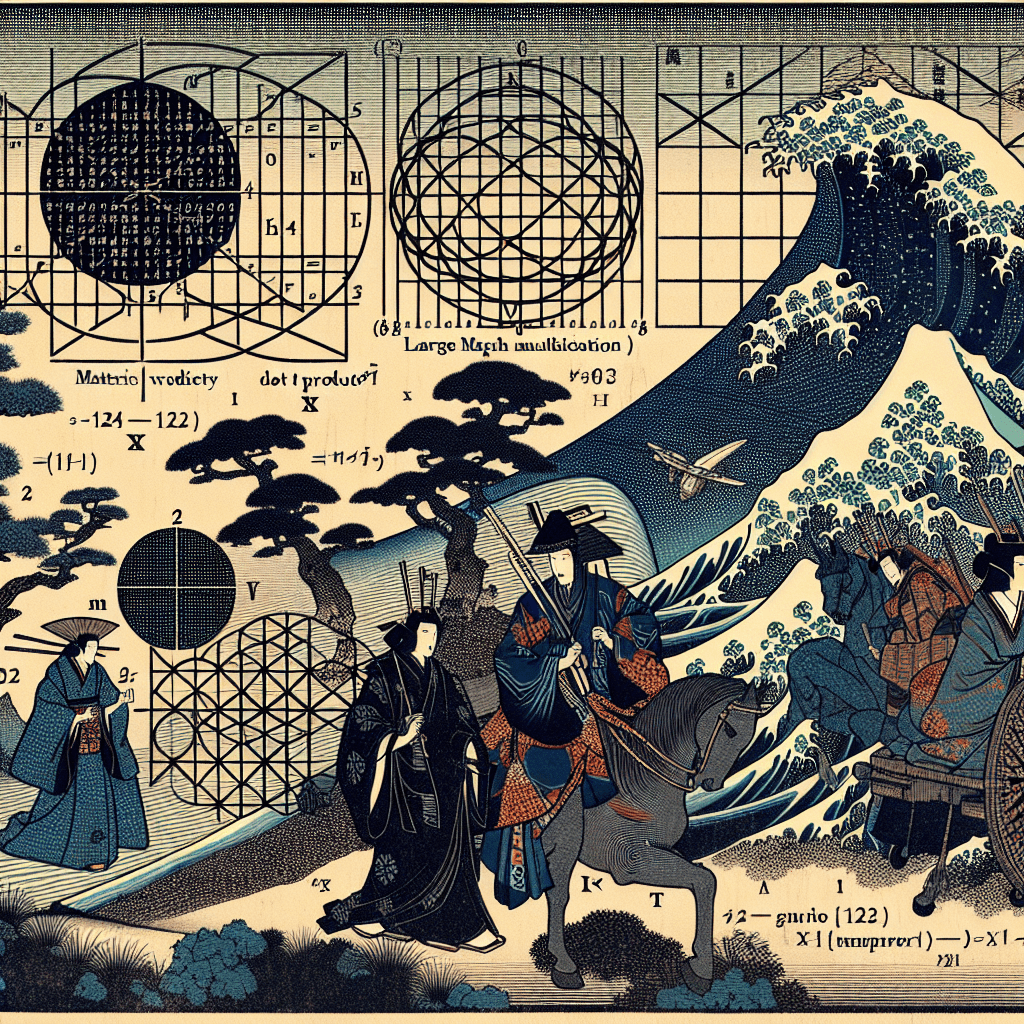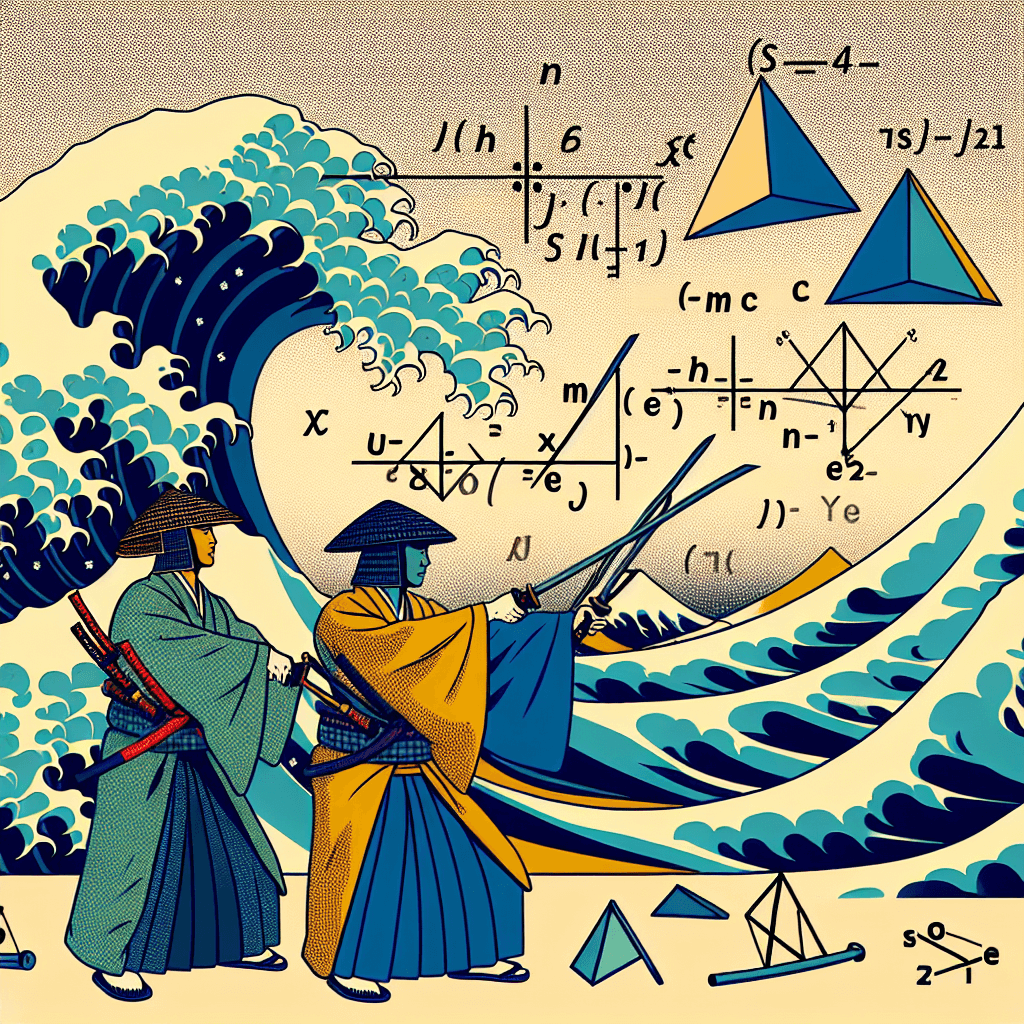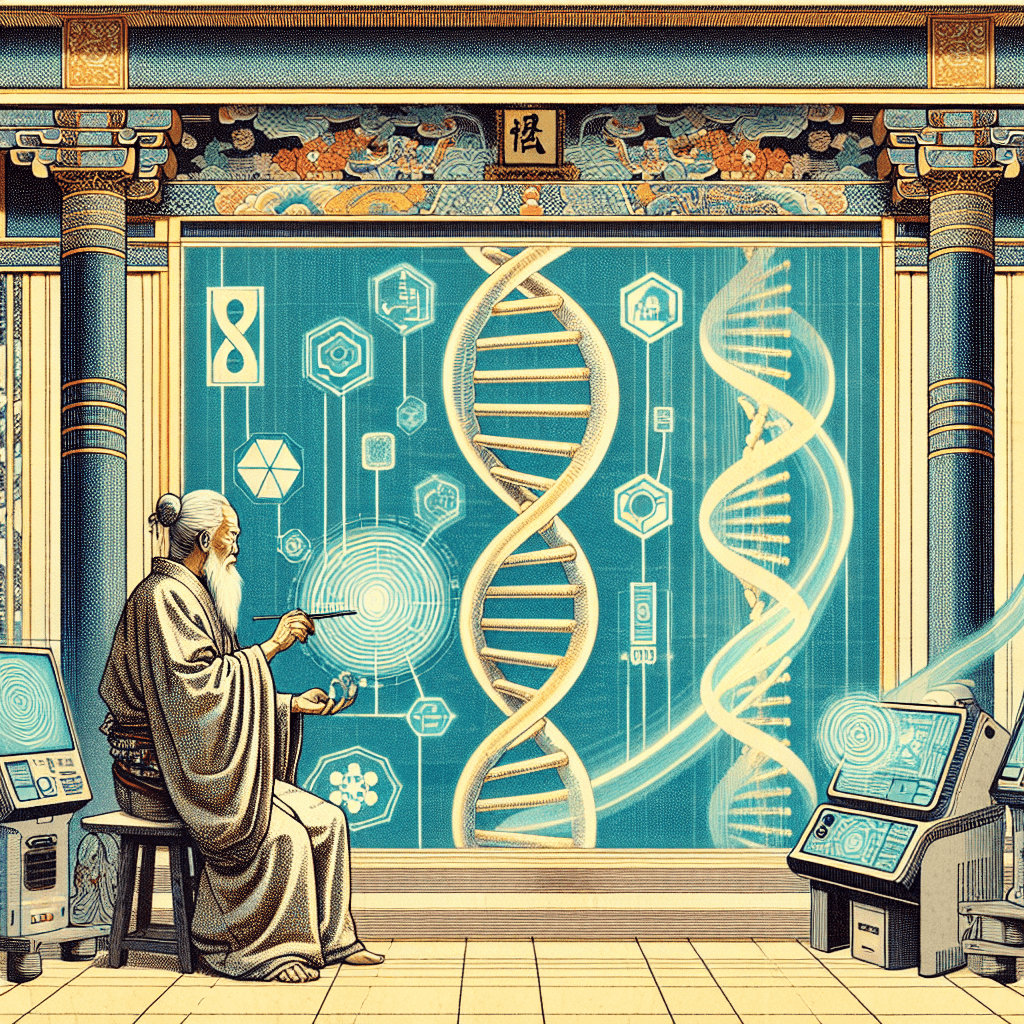Key Linear Algebra Concepts for Large Language Models
syndu | June 6, 2023, 3:45 p.m.

Title: Key Linear Algebra Concepts for Large Language Models
Introduction:
Linear algebra is a cornerstone of machine learning and natural language processing. It provides the mathematical foundation for working with high-dimensional data, which is essential for training and using large language models. In this blog post, we will explore some of the most important linear algebra concepts that go beyond basic matrix operations, eigenvalues, and eigenvectors, and discuss their significance in the context of large language models.
1. Vector Spaces:
Vector spaces are fundamental to understanding high-dimensional data representations used in language models. They provide a framework for defining the properties of vectors, subspaces, and basis vectors. Mastering these concepts is crucial for working with the complex data structures that underpin language models.
2. Orthogonality:
Orthogonal vectors and orthogonal projections play a significant role in natural language processing tasks. They are used in dimensionality reduction and feature extraction, which are essential for optimizing the performance of large language models.
3. Singular Value Decomposition (SVD):
SVD is a powerful matrix factorization technique with applications in dimensionality reduction, data compression, and noise reduction. In the context of language models, SVD can be used to analyze and visualize word embeddings, providing insights into the relationships between words and their meanings.
4. Matrix Factorization:
Matrix factorization techniques, such as Non-negative Matrix Factorization (NMF) and Principal Component Analysis (PCA), are used to reduce dimensionality and extract meaningful features from high-dimensional data. These techniques are particularly useful for pre-processing data before training a language model, as they can help to improve computational efficiency and model performance.
5. Linear Transformations:
Linear transformations and their properties are essential for designing and implementing various machine learning algorithms, including neural networks. Understanding how these transformations work is crucial for effectively training and using large language models.
6. Tensor Operations:
Tensors are multi-dimensional arrays that can represent high-dimensional data. Tensor operations, such as tensor products and contractions, are crucial for working with deep learning models, including language models. Mastering tensor operations will enable you to manipulate and process the complex data structures used in these models more effectively.
7. Sparse Matrices:
Large language models often deal with sparse data, where most elements are zero. Efficiently working with sparse matrices is essential for reducing computational complexity and memory requirements, which can be particularly important when training and using large language models.
Conclusion:
By mastering the linear algebra concepts discussed in this blog post, you will have a strong foundation for understanding, training, and using large language models effectively. These concepts are essential for working with the high-dimensional data representations and complex algorithms that underpin modern natural language processing techniques. So, whether you are a beginner or an experienced practitioner, it is always worth investing time in deepening your understanding of these fundamental linear algebra topics.
Linear algebra is a cornerstone of machine learning and natural language processing. It provides the mathematical foundation for working with high-dimensional data, which is essential for training and using large language models.







